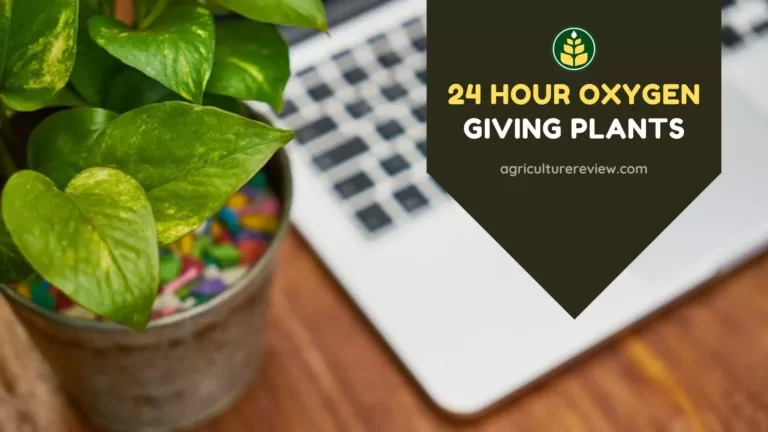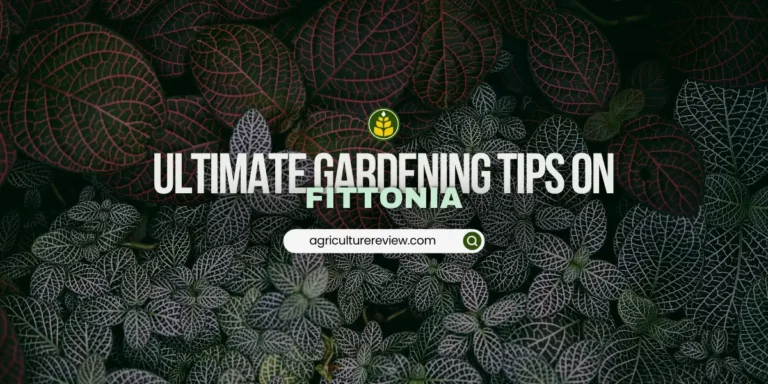Hey, are you excited to know about aster care, if yes, then you are on the right page. In this article Agriculture Review will guide you on aster care और grow guide.
Many people loves to grow aster flowering plant in their home garden. And I believe, if you will bring this flowering plant in your garden then it will make your home blissful. So before knowing, how to care for aster, let us know a little about aster.
Table of Contents
परिचय
एस्टर is not a name of a single flowering plant but it is a name of a genus that have over 180 species of perennial flowering plant. You have got lots of variation! That’s awesome. Who doesn’t love different shades of the same flowering plant in the garden to make the garden more beautiful.
And I believe you will buy an aster plant or seeds as soon as you finish reading this article. And for your excitement I am telling you one fascinating thing that you can grow aster in all plant hardiness zones.
Moreover, aster species have single layer petals as well as multilayer petals. The flowers are starry shaped and the colour shade varies from white to purple. Flowers of aster plant are known to attract butterflies and bees in the garden.
How To Grow Aster?
Growing aster flowering plant is not a very tough job. But if you want to get high success rate in growing this plant to get heavy bloom then reading this article will help you. Few people repeat common mistakes again and again. This results in disappointment.
But don’t worry, in this article I have discussed important steps that you need to follow to grow aster plant in your garden to get heavy bloom. We are going to learn from growing season, potting mix, selection of pot, to pest and disease management. Let’s learn how to grow asters in your garden!
मौसम
You can start germinating aster seeds in early spring season or during fall or late summer season. In temperate or hilly regions asters can be easily grown in spring season. While for tropical or sub tropical regions, winter or early spring is the best season to grow aster.
But you can also grow in early spring season. But aster plant do not love hot climate so, avoid growing asters during summer season. In tropical regions during hot summer season you can save your aster plant by placing it under partial shade.
मिट्टी का मिश्रण
Aster loves well drained, moist, sandy loam soil rich in organic matter to grow properly. If soil in your region is sandy loam soil then you do not need to prepare potting mix. You can add only compost with soil for growing asters.
But if you do not have sandy loam soil then prepare potting mix with 40% garden soil + 20+ river sand + 40% any organic compost like cow dung manure or vermicompost. In this you can add a handful of neem cake fertilizer to prevent plant roots from any fungal disease.
गमले का चयन
To grow aster plant you can select 6 to 12 inch sized pots or growing bags that have at least 2 to 4 drainage holes at the bottom. Remember! Aster doesn’t love standing water in the pot. That’s why good drainage in the pot is necessary.
For germination you can take germination tray or you can germinate seeds in a pot. And after germination you can transplant it in selected growing pots.
प्रसार के तरीके
Aster can be propagated from seeds. Purchase high quality and disease resistant seeds from the plant nursery to grow aster. Follow these steps to germinate aster seeds successfully in your garden. Fill the germination tray or pot with potting mix.
You can also add 20% cocopeat or use cocopeat instead of soil in potting mix for germination of seeds. Leave some space at the top for watering purpose.
Broadcast seeds on the potting mix evenly and cover it with a thin layer of potting mix. Water gently in the pot after sowing. Make sure that watering do not disturb the seeds placements. Keep the pot or germination tray under partial shade.
Keep checking for moisture levels in the pot. If the top layer of potting mix seems drying up then add water gently. Within 7 to 14 days you will notice seedlings growth.
You can now place your pot or germination tray under direct sunlight.
ट्रांसप्लांटेशन
Whether you have purchased aster seedlings from the plant nursery or have germinated seeds in your garden. You can follow these simple steps to transplant your aster plant. You can start transplanting once your plant reaches 4 to 5 true leaf stage.
Fill the selected growing pot with potting mix and leave one to two inch space at the top. Take out seedlings carefully without damaging the roots and plant it in the new pot. Water immediately after transplantation.
Keep the pot under partial shade for 4 to 5 days. Once your plant gets well established then you can move the pot under direct sunlight.
If you loving this article then you will not want to miss reading these articles too!
और पढ़ें: HOW TO GROW AND CARE FOR PETUNIAS
और पढ़ें: THESE 13 BEST INDOOR PLANTS CAN MAKE YOUR HOME HEAVEN
KNOW MORE: WASTE DECOMPOSER CAN SAVE A LOT OF MONEY FOR ORGANIC GARDENING!
Aster Care Guide
Once you have germinated seeds then you will need to follow these important points to care for your aster plants. Knowing about Sunlight duration, watering, fertilizer requirements, pest and disease management are important for caring for your plant.
सूरज की रोशनी
Aster can grow well under full sunlight to partial shade sunlight. Daily 5 to 6 hours of direct sunlight will help to grow your plant successfully. Sunlight helps in vegetative growth of the plant. If you will keep your plant under shade then flowering will be affected.
पानी
Aster plant love moist and well drained soil to grow. Try to keep the soil moist but not soggy. Take care of proper drainage in the pot. Water in the pot when the potting soil seems dry. While watering, take care of not splashing water on plant parts.
Water droplets on plant parts such as leaves can harbour disease like powdery mildew.
खाद
Do not add nitrogen rich fertilizer or inorganic fertilizer for growing this plant. As it is herbaceous plant it grows well without much fertilizer. Although you can start feeding your plant with organic manure.
You can start feeding your plant with a handful of organic manure like vermicompost and half teaspoon bone meal 30 days after transplantation. Feed your plant once after every 30 days.
कीट और रोग
Your plant can get affected by aphids, slugs and snails, mites and nematodes. Diseases like powdery mildew, white smut, rust, leaf spot, etc. Keep checking for any infection in your plant to save them from dying.
और पढ़ें: HOW TO SAVE YOUR PLANT FROM APHIDS
और पढ़ें: EFFECTIVE WAY TO CONTROL POWDERY MILDEW!




